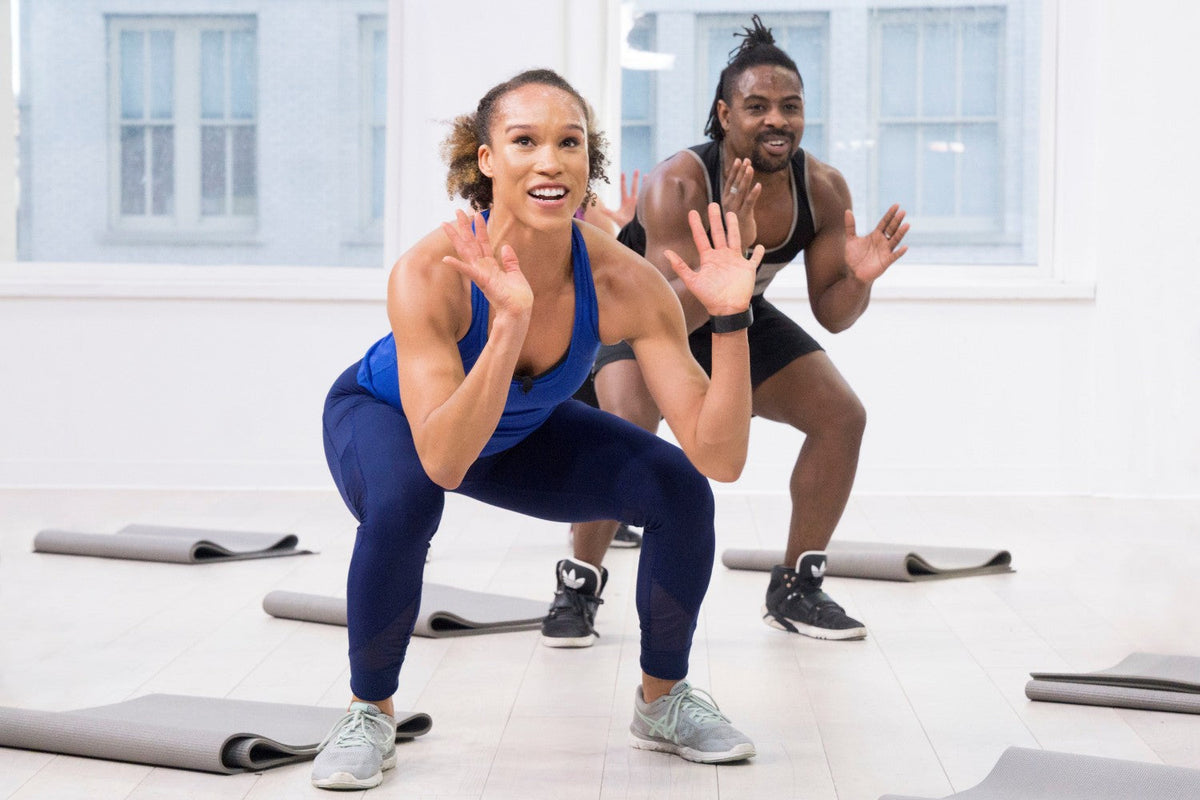
The 6 Best Aerobic Workouts for Gastroenteric Relief
|
|
Time to read 4 min
|
|
Time to read 4 min
Gas and bloating are common gastrointestinal problems faced by many people. These problems arise due to eating certain types of food, not chewing properly, or other body imbalances.
There are ways to combat this issue before it becomes a significant problem. Use Claisen's free quiz to get the care you need, fast.
For immediate relief, here are the 6 best exercises for bloating reduction.
Walking is a common exercise that requires no extra effort, and it is also fairly effective at reducing bloating.
According to the American Journal of Gastroenterology, mild exercise (i.e. walking) is highly efficient in clearing gas in the stomach and preventing the retention of more gas. You can read more about that here.
So, if you're ever in need of a quick way to reduce your feeling of being bloated, try going for a brief walk outside. It is sure to reduce your feeling of being bloated.
Obviously, bloating occurs in the stomach. What if there was a quick way to strengthen your muscles while preventing further gas from accumulating?
Here's where core-reinforcing exercises come into play. Although they are more complex than perhaps walking, these exercises are also targeted towards the remediation of feeling bloated and uncomfortable.
Crunches and sit-ups are great for flexing abdominal muscles, and as shown by the Indian Express journal, these exercises will rapidly fix your bloating by strengthening your core, causing gas to be relieved easier.
Similar to core-focused exercises mentioned above, yoga also reduces bloating by strengthening your core, but the effects of yoga are different.
Yoga serves to increase flexibility and reduce stress levels, allowing trapped gas causing bloating to subside.
Some simple yet effective poses to help relieve gas include the Wind-Relieving pose, the Happy Baby pose, and the Spinal Twist pose.
To find more poses to help with bloating, you can click here, which gives more poses and step-by-step instructions on how to perfect them.
Swimming is a common exercise that many people take for granted. What may seem like a fun way to relax can also play a huge role on bloating issues as well.
Swimming stimulates gut contractions, a crucial component of gas relief. Bloating is simply excess gas stuck in the stomach rather than being expelled, so stimulating those gut contractions is an easy way to force trapped gas out of your system, reducing some discomfort from bloating.
Breathing exercises can help reduce bloating as well. Taking deep breaths and setting breathing patterns stimulates the autonomic nervous system, more specifically the parasympathetic nervous system.
The parasympathetic nervous system relaxes the body, which in turn increases the stomach's rate of digestion, and this means that food is processed more thoroughly.
Thus, less gas is trapped in the stomach because of indigestion, letting you feel less bloated and more active.
However, please note that breathing exercises are not meant for everyone. Breathing in excess air can aggravate rather than relieve bloating, since adding more air to already trapped air will only worsen the bloating.
In summary, if your bloating is severe, trying the other exercises on this list may be a better solution to your bloating. Additionally, confirm with your medical provider before attempting any of these exercises.
This link explains a specific breathing exercise called diaphragmatic breathing, and elaborates on how it helps with trapped gas.
Cycling is a very effective exercise for reducing bloating. Aside from it being a form of cardio, cycling involves the action of bringing your knees up to your chest and this is a form of core contraction.
The motion of contracting your core allows trapped gas to be relieved. While cycling, there are certain guidelines that need to be followed, and you can find that here.
Getting physical exercise daily is an easy way to reduce bloating and prevent it from occurring in the future. Following the exercises above will yield the best results for bloating relief.
However, these exercises need to be practiced in tandem with following the best lifestyle choices. Eating healthy and adhering to directions from physicians are also equally important to keeping the bloating down.
Most importantly, clear all your queries and have a discussion with your physician before pursuing some of the exercises on this list. Exercises like yoga require a flexible body, while walking on the other hand is simpler.
Doctors may also prescribe medication to assist with your bloating relief journey.
Once again, this quiz from Claisen will help you figure out the best care for your gastroenteric problems. Claisen has customized care kits based on your condition, so go to the website and start on your path to a bloating free lifestyle!
Walking quickly relieves bloating by helping the body release trapped gas.
Core exercises like crunches and sit-ups strengthen muscles for better gas relief.
Yoga poses such as Wind-Relieving and Spinal Twist ease bloating naturally.
Swimming and cycling stimulate gut movement to reduce discomfort.
Breathing exercises may help digestion but can worsen bloating if overdone.
This article and its contents have been medically reviewed by Aditya Jain (MD at Harvard Medical School and Op-Ed Fellow at Doximity).



